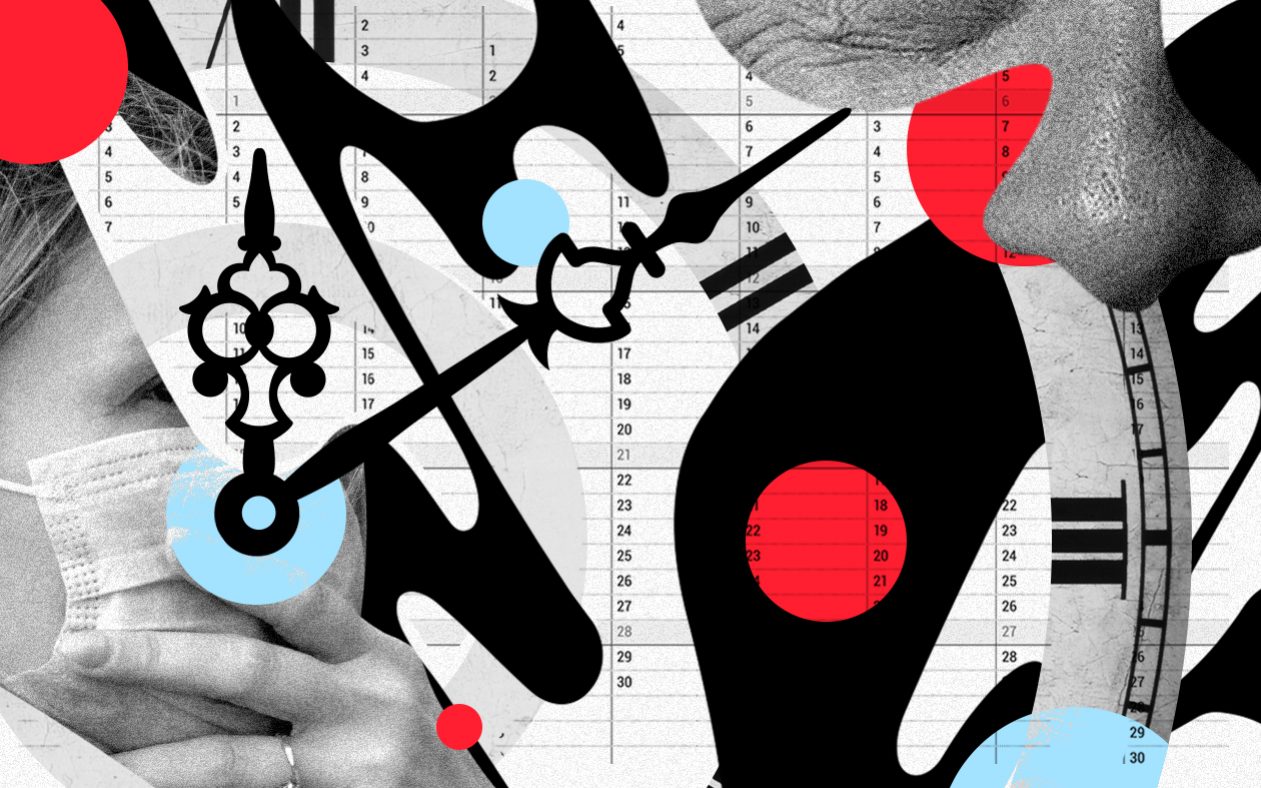The outcome of any game can be changed by simply changing the rules.
This is a key principle in Game Theory, the study of decisions and outcomes. A binary, zero sum game, in which there is one loser and one winner, can produce multiple winners if it becomes a non-zero sum game. All you need to do is change the rules.
A mindset that would serve us well – nearly two years into the pandemic, we are stuck in reflexive, binary thinking for all things COVID-19, to where our entire understanding of the pandemic can be distilled into a set of rules.
If we are politically conservative, then we are hesitant to take the vaccine. If we are vaccine hesitant, then we are more likely to trust antibody-based treatments.
Most of the public thinks in this manner, viewing complex medical concepts in simple, binary terms. Yet nothing about the pandemic is simple or binary. Something physicians and policy experts understand, but have failed to convey effectively to the public, much to their chagrin.
Dr. Amesh Adalja of Johns Hopkins University Center for Health Security phrased this consternation succinctly: “I don’t understand it, I can’t. But the pandemic has been politicized and, I think, consistency is not something to expect from people who are thinking about this irrationally.”
Dr. Adalja is not alone in this belief. Many in the medical community have grown frustrated and indignant about counterintuitive beliefs running rampant in the pandemic. But there is nothing irrational or illogical about these beliefs.
They are very rational and logical ways of thinking for those who think in binary terms. For them, the pandemic is a zero sum game. Every decision or action taken comes at a loss of something else.
If they follow former President Trump’s political ideologies, then they must distrust Dr. Anthony Fauci. If they are true political conservatives, then they must remain vaccine hesitant.
Physicians and policy experts implicitly think differently about healthcare. They see healthcare as a non-zero sum game in which multiple decisions are weighed relative to each other, with every decision having some benefit and some cost.
And through a different manner of thinking, the rules to the pandemic appear differently. Vaccine hesitancy appears illogical because the decision to receive the vaccine is no longer a simple binary decision, but a complex balance between personal and social benefits of the vaccine relative to its risk.
But those who remain unvaccinated see it quite differently. For them, the decision to get vaccinated is balanced against the available treatment options, as an either-or proposition.
They both are thinking logically – but according to different sets of rules – which appear rational to them, yet irrational to the other.
As a result, vaccination rates remain largely consistent, despite employer vaccine mandates and stronger calls for vaccinations. Those who eventually receive the vaccine, do so begrudgingly, complaining that they feel coerced, a sentiment typical of binary thinking.
Vaccine hesitancy is a rational response for those individuals, and to get vaccinated is quite irrational in their minds. It appears safer to just wait until they become symptomatic and get treated – after all, why incur the risks of a vaccine if you do not have to?
Physicians and policy experts should instead overcome vaccine hesitancy by changing the rules in the minds of the vaccine hesitant.
Rather than focus on the risks inherent to the vaccine, shift the conversation to discuss the risks of the vaccine relative to the risks of the treatment options, including the risks of treatment failure.
A study out of the Centers for Disease Control and Prevention (CDC) found that Pfizer’s mRNA vaccine was 95% effective against original strains of COVID-19 and 88% effective against the Delta variant. Another CDC study showed the vaccine was 79.8-84% effective after six months.
The vaccine hesitant may claim it is possible to get infected after receiving the vaccine, thereby justifying their hesitancy. But when compared to the effectiveness of various therapeutic drugs, vaccine risks appear more acceptable.
The most recent antibody tested, Molnupiravir, reduced hospitalization by 50%, yet 7.3% of those who received the treatment were still hospitalized. The most common therapeutic agent currently used, intravenous monoclonal antibody treatment, only reduced the chances of dying by 20%.
Neither the vaccine nor the available therapeutic options are absolutely failsafe, nor were they intended to be. Healthcare has never relied upon any one miracle drug, instead opting to manage patients through multiple treatment modalities, some preventative and some therapeutic.
When reframing the debate over vaccines to patients in such a manner, the conversation changes from that of vaccine or treatment to that of vaccine and treatment, as both vaccines and therapeutic drugs are seen as co-existing options. A patient can still be vaccine hesitant, but then choose to get vaccinated because the treatment options are not absolutely effective. One decision does not have to come at the cost of the other, you can choose both.
When presented like this, the binary thinking changes into a non-zero sum game, which better approximates the complexity of healthcare.
A game with rules that leads to a clinically beneficial outcome – for both the patient and the public.















